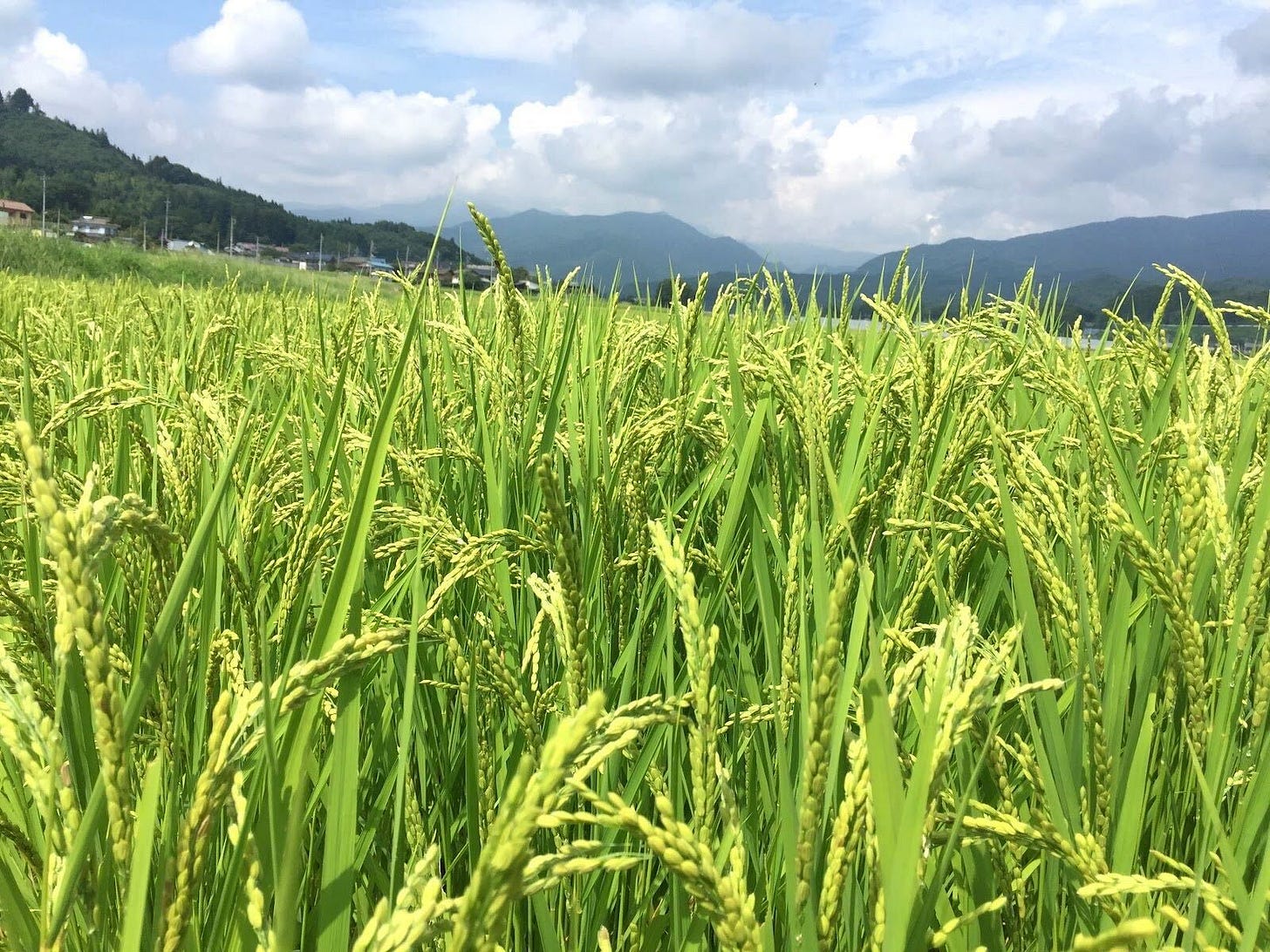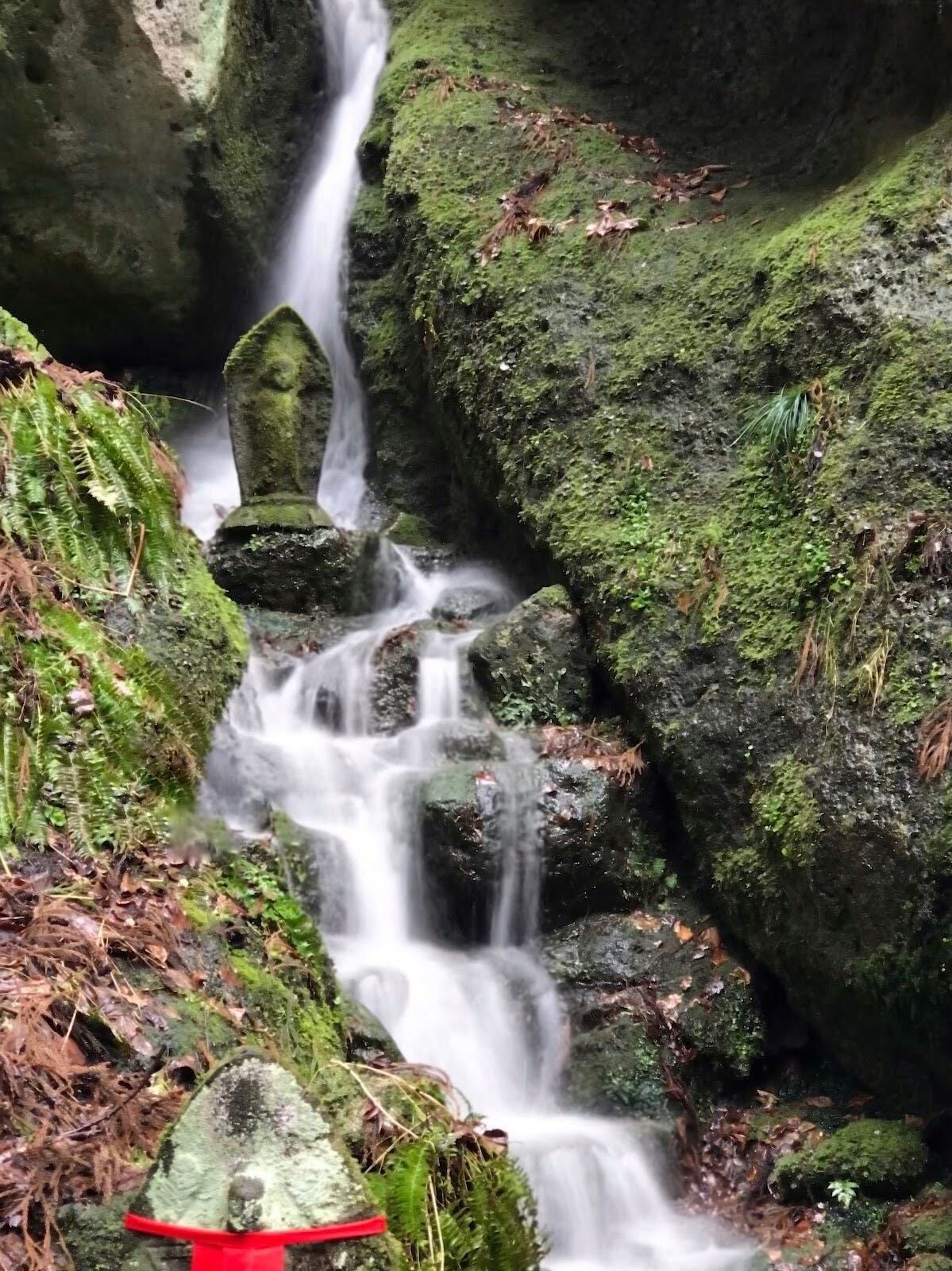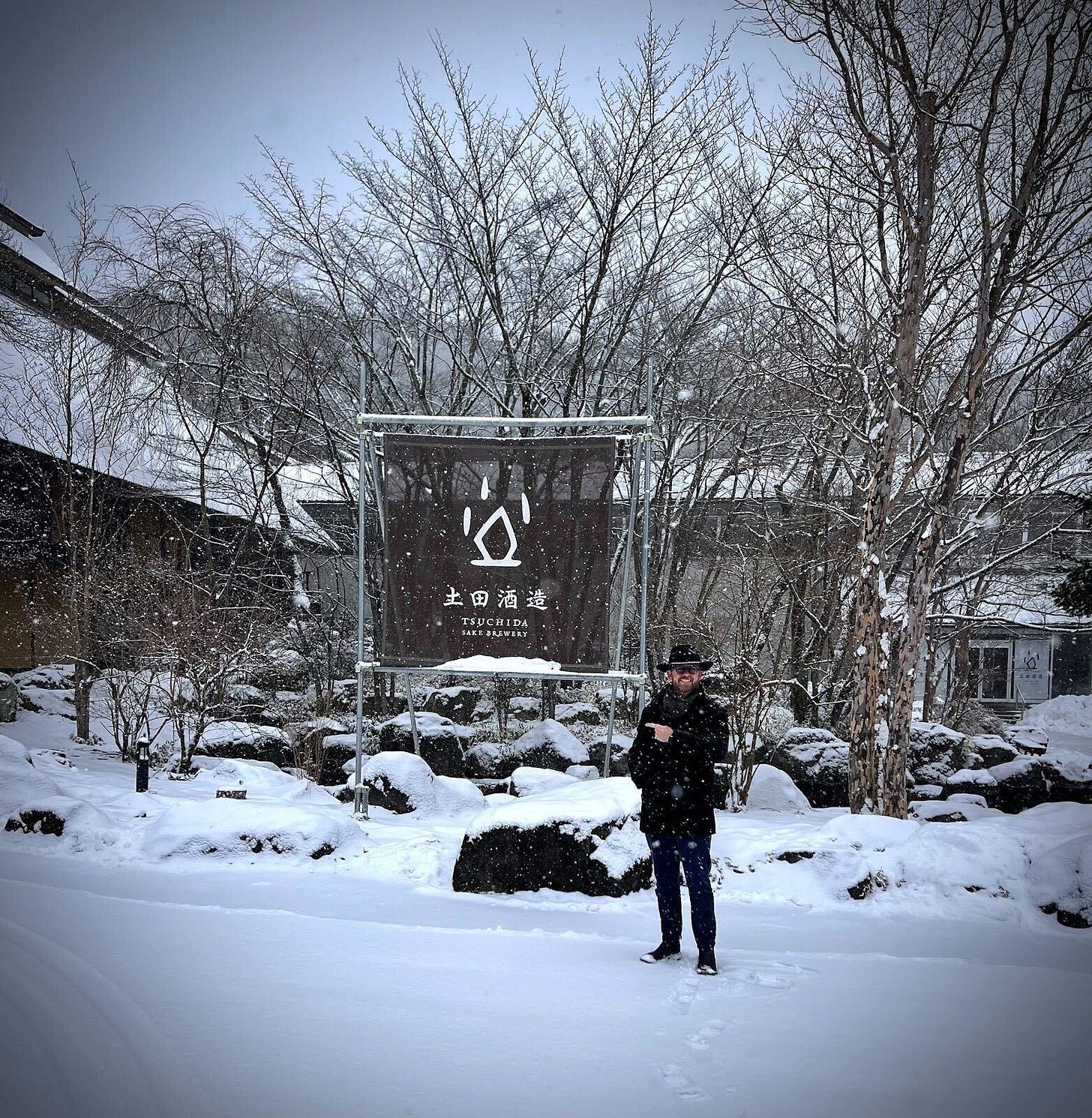Part 1 of 3
NAPA, Calif. — Sake and wine have numerous similarities. While the production of each couldn’t be more different, some styles intersect in delivery.
Sake is produced with four main ingredients: Water, which is of utmost importance, gives it weight and shape. Rice provides body and flavor. Koji is crucial in the conversion of starch to glucose and is also highly impactful to the final product. Just as with wine, yeast creates alcohol and gifts sake with its charming aromatics.
The process of making sake relies on a number of factors, starting with the rice.
Rice varieties in Japan
There are hundreds of rice strains utilized for sake production. Rice varieties in Japan are comparable to Italian grapes. Italy has been championing native grapes for centuries, with more than 300 varieties being celebrated across the country.
The most popular ones are Yamada Nishiki, considered the king for Daiginjo production. This finicky strain is comparable to Pinot Noir or Nebbiolo when it comes to cultivation and farming. Much like these grapes, it is hard to grow with success just about anywhere. The long stalks of Yamada Nishiki make it fragile, so it must be sheltered from the elements. It finds its home in Hyogo, where it thrives.
A key example of Yamada Nishiki Junmai Daiginjo is Heavensake Junmai Daiginjo, Yamaguchi ($100 720ml). The brainchild of Champagne legend Regis Camus and established brewery Dassai, this is a superb and elegant sake.
An excellent local gem is Den Red Label Batch 3 Yamada Nishiki Junmai Ginjo from Oakland ($35 500ml). Buckle up and enjoy the ride with one of the best domestic sake producers.
Omachi, another long-stalk strain, is a variety that provides acidity, an herbal appeal and crisp structure akin to Sancerre. It grows mainly in the south of Japan with a permanent home in Okayama, where it is most popular. AN Tokubetsu Junmai from Okayama ($35 720ml) is a complex and intriguing Omachi example that shows layers of marzipan, golden apple and a hint of vanilla with a zippy long finish.
Heading north on the main island of Honshu in Japan we find Nagano, a storied region with high elevation and captivating views, and this is where Miyamanishiki rice grows. This variety is known for its fruity, easygoing appeal that makes friends everywhere it goes. The style of sake it produces is comparable to village-level Beaujolais: fruity, playful and attractive. (Nagano, along with Yamanashi and Hokkaido, is also one of the most relevant regions in Japan for wine production with many vines.)
Takachiyo 59 Junmai Ginjo Nama Miyamanishiki, Niigata ($45 500ml) showcases the expressive character of this strain, which is fruity and fleshy with an electric mouthfeel and limestone mineral notes.
Another rice certainly worth mentioning is Gohyakumangoku, which is Niigata’s pride. Along with its sibling, Koshi Tanrei, Gohyakomangoku, it has been dubbed the queen of rice strains mainly for its sought-after appeal in creating dry, clean and easy-drinking sakes that have made the Niigata prefecture so popular. I may be going out on a limb to say the result is deep and complex with a Chablisienne charisma.
Kanbara “Bride of the Fox” Junmai Ginjo from Niigata ($44 720ml) is a rich, elegant depiction of this rice with complexity and an attractive forest-floor appeal.
The Yamagata prefecture has two main stars, Dewasansan and Dewanosato, which truly capture the soul of the region with elegance, purity and wide appeal. Notes tend to be driven by licorice, lavender seed and red apple. I compare it to Napa Valley Cabernet Sauvignon in delivery and popularity.
One of my favorite examples is Benten Sawane Junmai Daiginjo, Yamagata ($50), lush, creamy and fruit-forward with an excellent long finish. From the high peaks of Yamagata, it has an undeniable flashy appeal.
Editor’s Note: In the next of the series, Eduardo Dingler tells about sake production and the premium sake categories. Dingler is a Napa Valley-based wine writer, wine judge and sake aficionado. Follow his sake journey @sakedrinker






This is a fascinating article! I wish I'd known all this about sake before starting my regular visits to Japan 30+ years ago as a guest conductor with Japanese symphony orchestras. Thank you so much Eduardo for sharing your expertise.